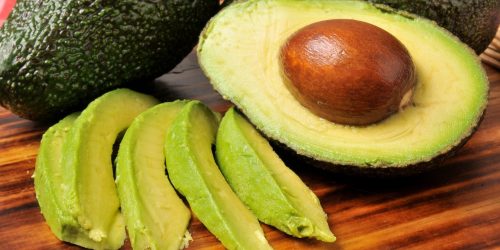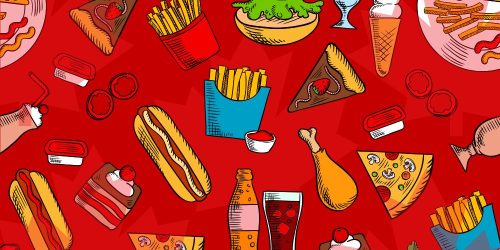What's Wrong with Our Butter?
Originally posted February 24th. Updated February 26th, 2021
Not too long ago, I pulled the covered ceramic butter dish out of the cupboard and noticed that it was kind of hard. It wouldn't spread easily, the way room temperature butter should spread. I figured it must be colder in my house than usual and thought nothing of it until I saw a new story on BBC called "Buttergate: Why are Canadians complaining about hard butter?"
It turns out, other people are noticing this as well.
Julie Van Rosendaal, a cook, cookbook author, writer, food columnist on CBC radio and contributing food editor for the Globe + Mail, tweeted: "Something is up with our butter supply, and I’m going to get to the bottom of it. Have you noticed it’s no longer soft at room temperature? Watery? Rubbery?"
Something is up with our butter supply, and I’m going to get to the bottom of it. Have you noticed it’s no longer soft at room temperature? Watery? Rubbery? pic.twitter.com/AblDzGiRQY
— Julie Van Rosendaal (@dinnerwithjulie) February 5, 2021
She went on to say "my theories involve a) changes in policies and practices to Canada’s tariff rate quota, and b) targeted changes in feeding + farming practices to modify the fatty acid profile of bovine milk in an attempt to boost yield/improve stability (saturated fatty acids=solid at room temp)"
People from around the world responded saying they've been noticing the same thing.
Yep I’m in the UK and noticed same with my organic butter - thought it was just me
— Suzanne Gee PCiFA (@rosebudsnotts) February 24, 2021
So, what IS going on?
According to the BBC, palm-oil based energy supplements have been added to cow feed for decades as it increases the milk output and the milk's fat content. In 2020, demand for butter in Canada went up over 12%.
"Since the summer, hundreds of farmers around the country have stepped up their use of palm oil substances in an attempt to boost supply. Canada's Dairy Processors Association told Real Agriculture there have been no changes to butter production itself nor national ingredient regulations."
Read the whole story, HERE
**
UPDATE:
On February 25th, the Dairy Farmers of Canada released a statement saying they have asked " dairy farmers to consider alternatives to palm supplements" while " a working group of experts [...] assess current scientific literature, identify gaps in information, and look into issues [of butter texture] that have been raised by consumers. "
Read the statement HERE.
**
Nicole Gaudet, PhD, -Canadian Agri-Food Automation & Intelligence Network, University of Alberta, suggested to Ms. Rosendaal that "The fatty acid composition will affect the texture and flavour. As will amount of time butter sits on the counter exposed to air. Oxidation of fats can happen over time and lead to a quality issue. But it may be a shift in the fatty acids within fluid milk."
Yes! This is my thinking.. the fatty acid composition of our milk supply. And milk fat is very complex in terms of fatty acid composition.
— Julie Van Rosendaal (@dinnerwithjulie) February 6, 2021
Have you noticed a change in your butter?
Image: Lisa Morgan
Beat FOMO by being in the know!
Sign up for our newsletter today and never miss a beat.







